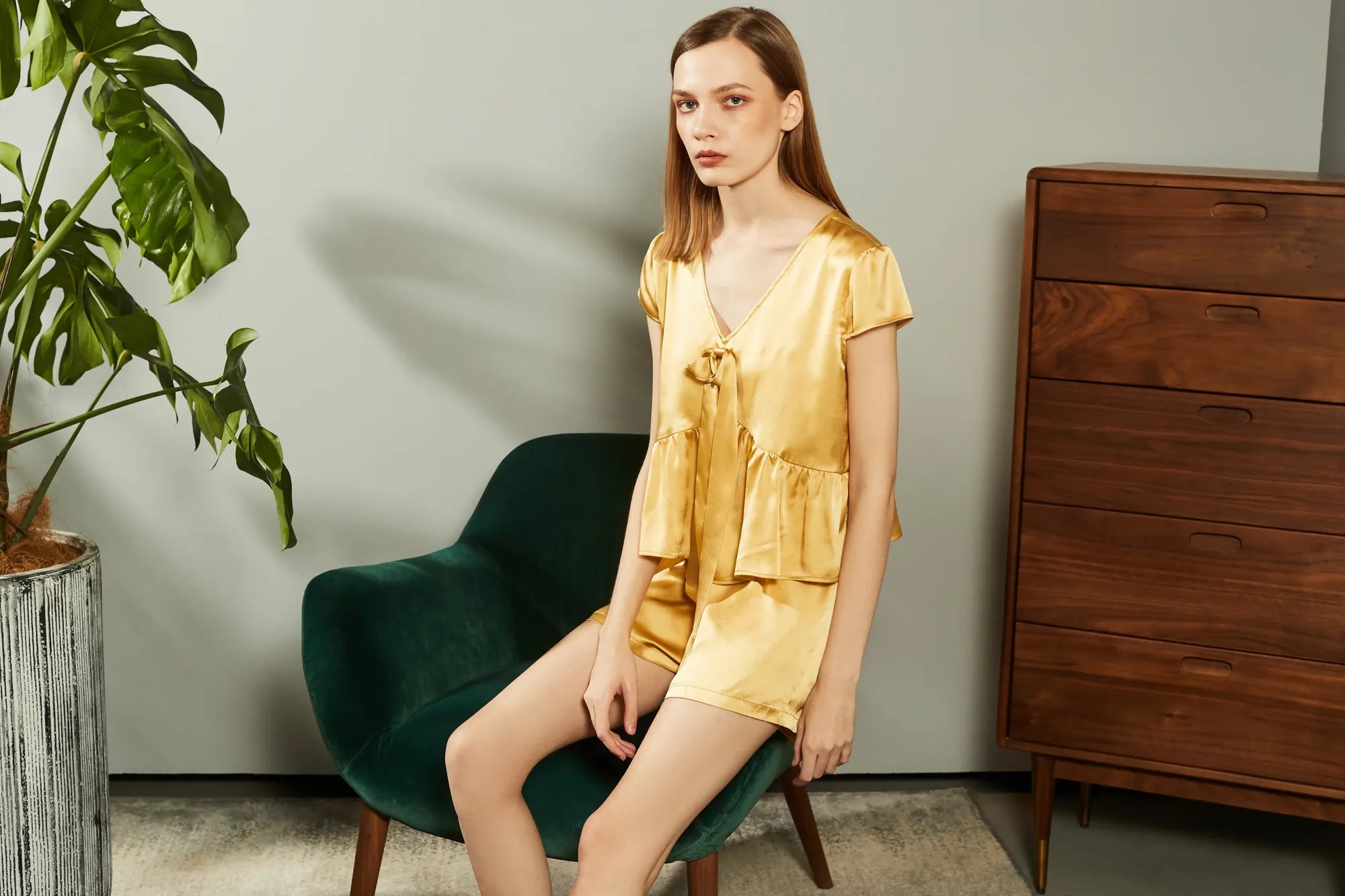Korean Silk Scarf: The Timeless Elegance of Tradition and Modern Fashion
- by wangfred
-

Imagine draping a piece of history around your neck—one that carries the whispers of ancient artisans and the vibrant energy of modern Seoul. The Korean silk scarf is more than an accessory; it’s a bridge between eras, a testament to meticulous craftsmanship, and a canvas for personal expression. Whether you’re drawn to its luxurious texture or its cultural symbolism, this timeless garment invites you to explore its story.
The Legacy of Silk in Korean Culture
Silk has been a cornerstone of Korean culture for over a millennium. Historically, it was reserved for royalty and nobility, symbolizing status and refinement. The art of sericulture—the cultivation of silkworms—flourished during the Three Kingdoms period (57 BCE–668 CE), with techniques passed down through generations. Korean silk, known for its softness and luminous sheen, became a coveted trade item along the Silk Road, connecting East Asia to the wider world.
Traditional Techniques Meet Modern Innovation
Today, Korean artisans preserve ancient methods while embracing innovation. Handwoven somyeong silk, dyed with natural pigments from persimmons or indigo, remains a hallmark of authenticity. Modern designers, however, experiment with digital printing and eco-friendly dyes, creating patterns that range from delicate floral motifs to bold geometric designs. This fusion ensures the Korean silk scarf appeals to both traditionalists and trendsetters.
Why Korean Silk Stands Out
What distinguishes Korean silk from other varieties? The answer lies in its unique production process. Korean silkworms are fed mulberry leaves grown in the country’s temperate climate, resulting in longer, smoother fibers. When woven, these fibers create a fabric that’s lightweight yet durable, with a subtle iridescence that catches the light beautifully. Unlike heavier silks, Korean scarves drape effortlessly, making them ideal for layering.
Styling Your Korean Silk Scarf
Versatility is key to the Korean silk scarf’s enduring popularity. Here are four ways to wear it:
- The Classic Loop: Fold the scarf into a triangle, drape it over your shoulders, and tie the ends loosely at the front.
- Belted Elegance: Thread a slim belt through a loosely knotted scarf to cinch a flowing dress or coat.
- Headwear Revival: Channel old Hollywood by tying the scarf around your head, letting the tails flow freely.
- Bag Accent: Knot one around your handbag handle for an instant pop of color.
The Cultural Significance of Colors and Patterns
In Korea, colors and patterns carry deep meanings. Traditional scarves often feature saekdong (striped) designs, symbolizing harmony between opposites. Red represents good fortune, while blue embodies tranquility. Modern interpretations might include abstract brushstrokes reminiscent of Korean calligraphy or minimalist gradients inspired by Seoul’s skyline. Each scarf tells a story, inviting wearers to connect with Korean aesthetics.
Sustainability in Silk Production
As global demand for sustainable fashion grows, Korean silk producers are leading the charge. Many use closed-loop water systems to minimize waste and prioritize organic farming practices for mulberry trees. By investing in a Korean silk scarf, you’re not just acquiring a beautiful accessory—you’re supporting ethical practices that honor both people and the planet.
Caring for Your Silk Treasure
To preserve your scarf’s luster, handwash it in cold water with mild soap and lay it flat to dry. Avoid direct sunlight, which can fade colors. Store it rolled in acid-free tissue paper to prevent creases. With proper care, a Korean silk scarf can become a lifelong companion, aging gracefully alongside you.
From the royal courts of Silla to the bustling streets of Gangnam, the Korean silk scarf remains a symbol of elegance that transcends time. Whether you wear it as a nod to tradition or a badge of modern flair, it’s more than fabric—it’s a wearable masterpiece waiting to become part of your story. Ready to embrace its magic?












